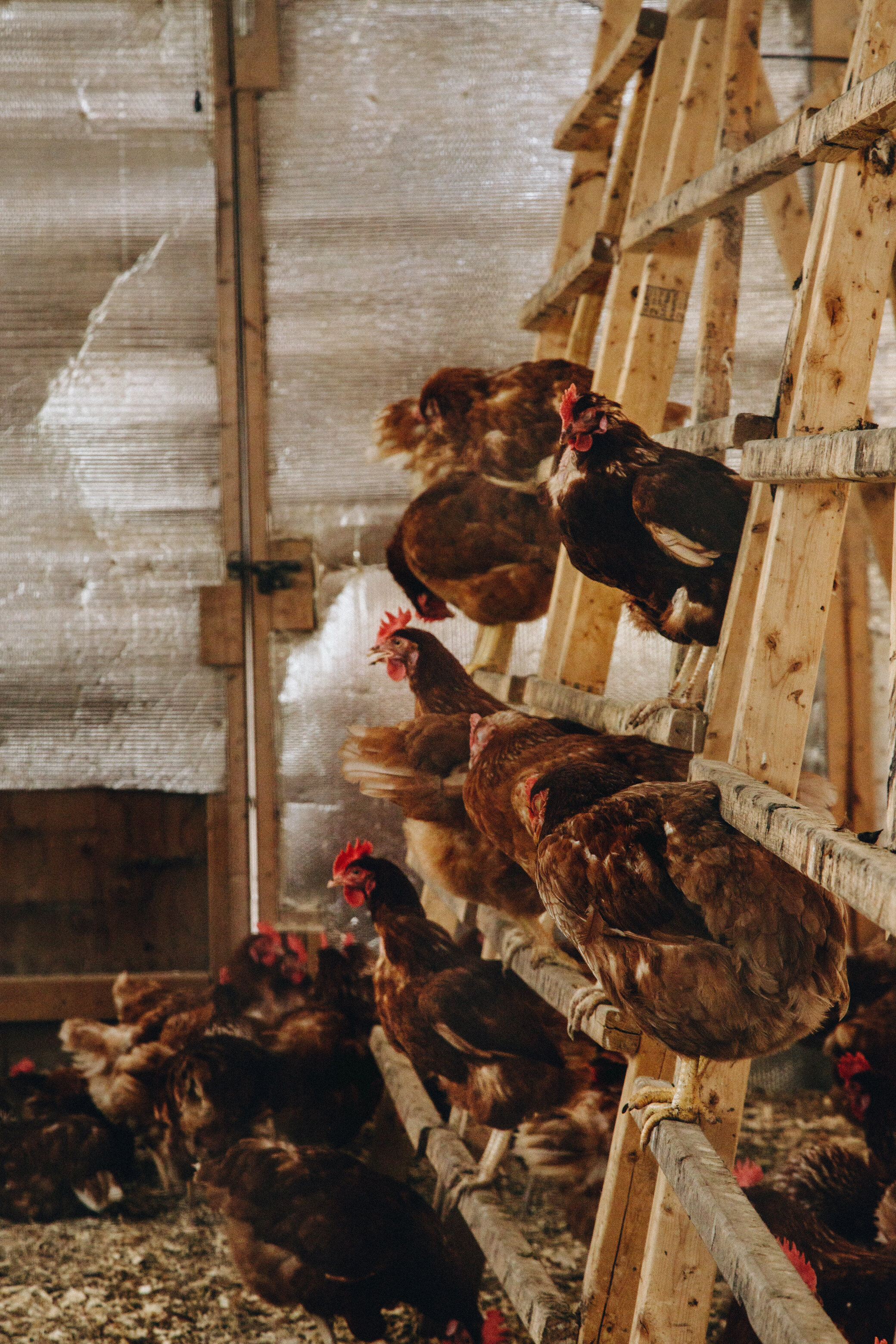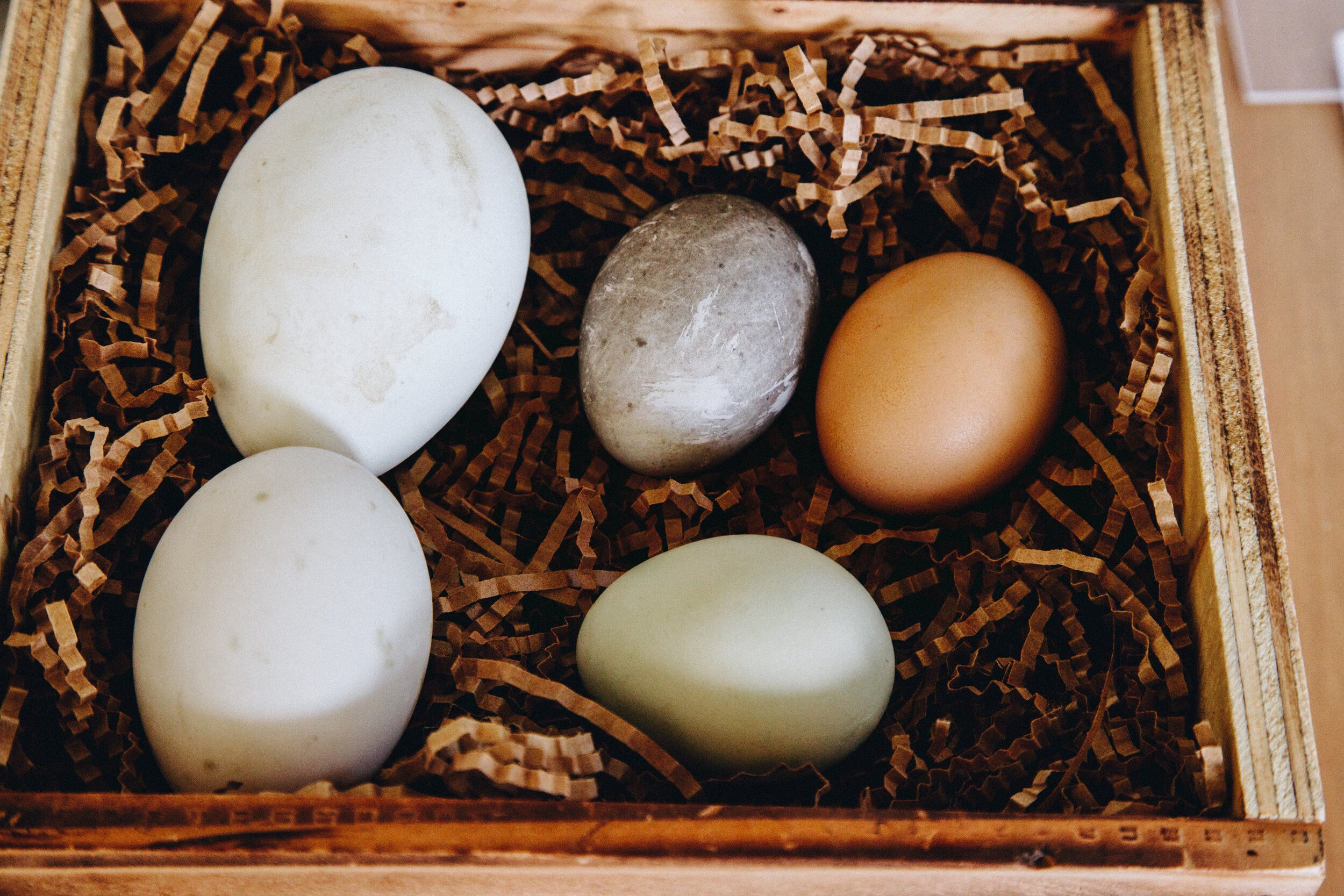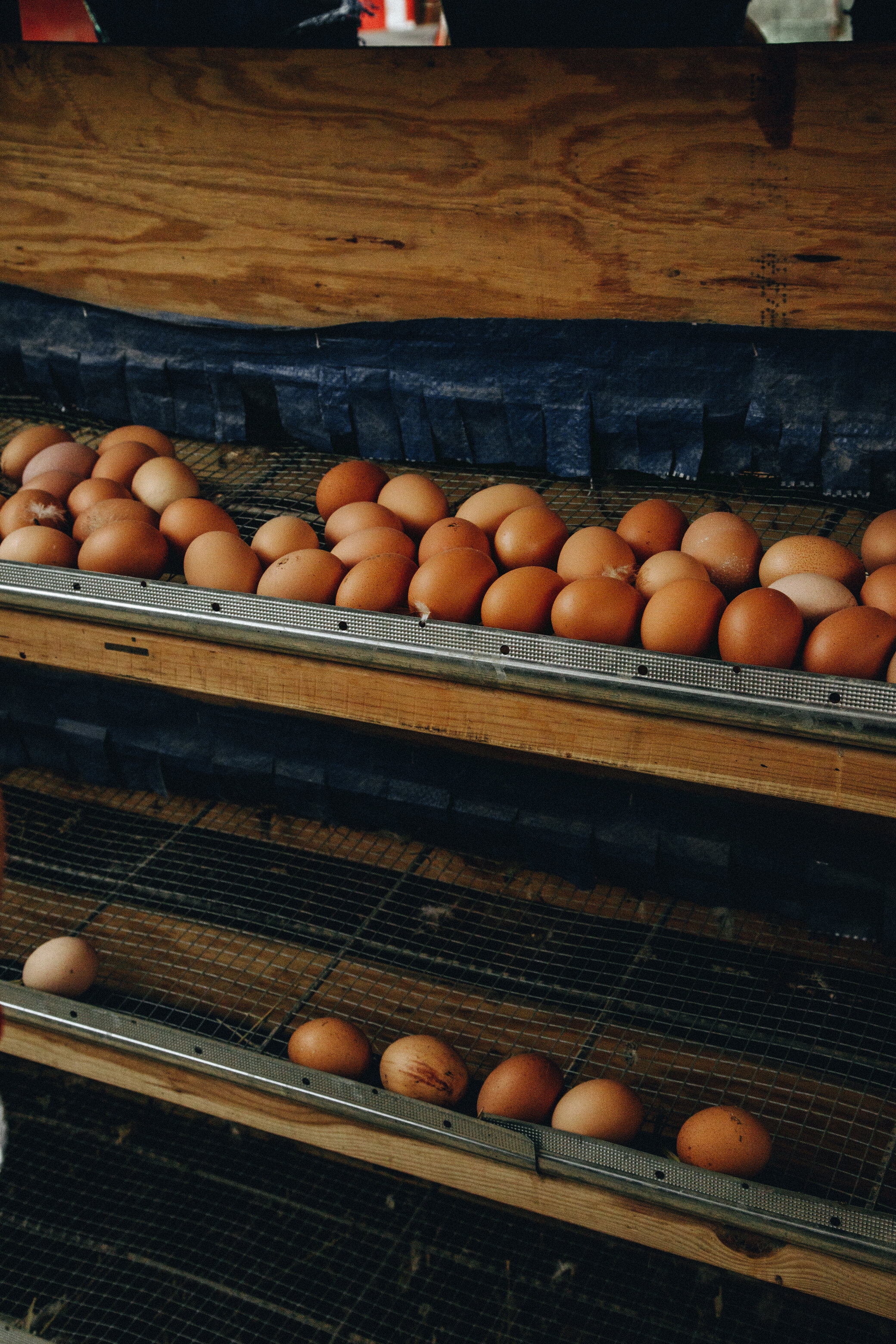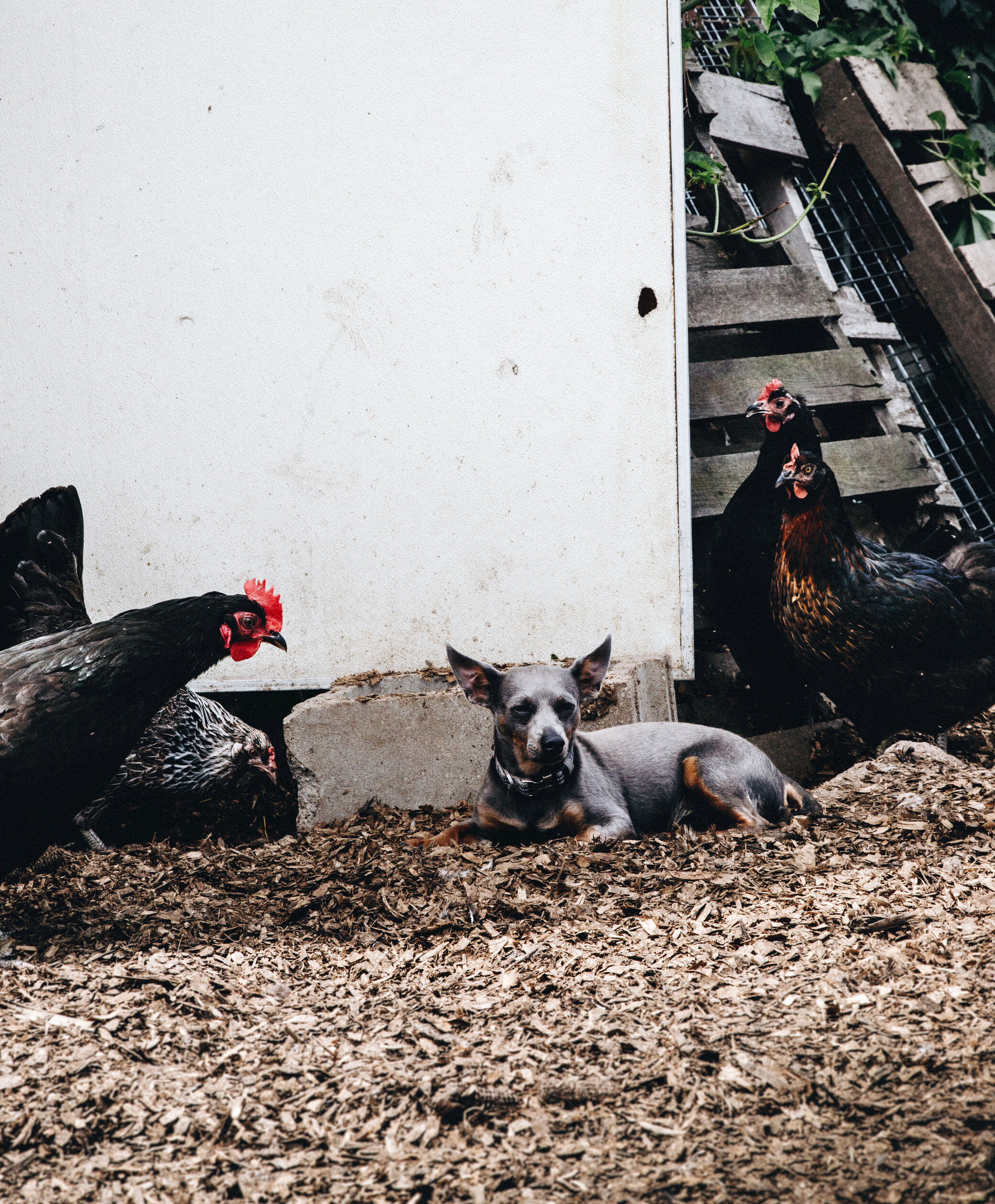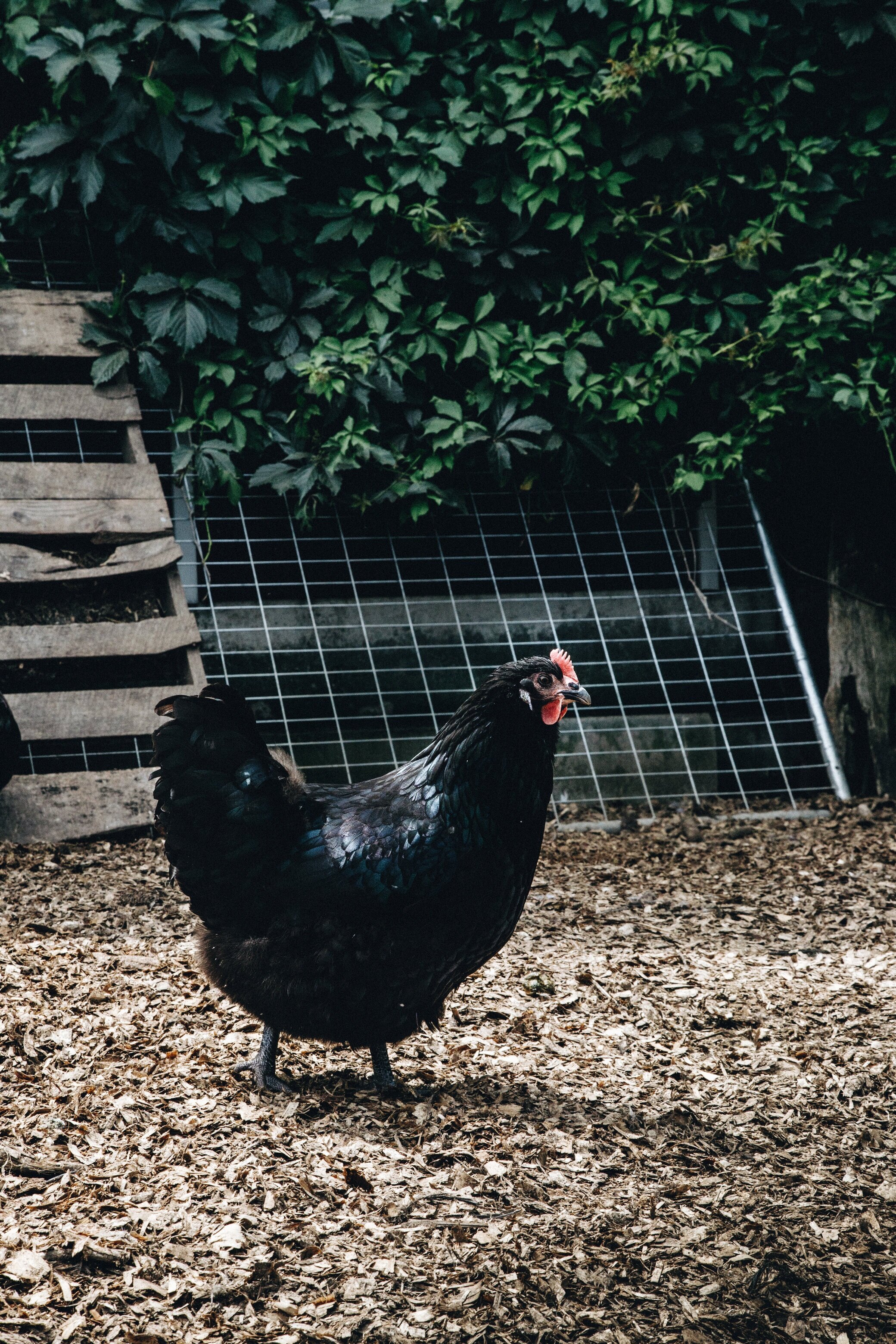The Egg Lifecycle: Mapping The Many Pathways of Egg Production
Cage-free? Pasture-raised? Vegetarian-fed? We breakdown the difference between one egg and another.
By Sarah Wescott
This article was produced in partnership with The Good Acre, a nonprofit in Falcon Heights, Minnesota that works to strengthen farmers, food makers, and communities through good food.
Selecting eggs that align with our values can be harder than it looks. Those egg cartons may look familiar, but the details behind the package are where things can get confusing.
Pasture-raised, free-range, cage-free? What’s with all the buzzwords? Which words really mean something? Do certain eggs offer more health benefits? How can we ensure that the eggs that end up in our cart support ethical, humane farming practices?
Yep, we had a lot of questions too. Something as simple as an egg shouldn’t be causing you grief in the grocery aisles, so we’re here to help. We’ve created a chicken lifecycle map that addresses your eggiest questions. So, next time you’re in search of the perfect omelet ingredients, you’ll have the know-how to choose your dozen confidently with your values in-check.
~ BIRTH ~
On farm:
Some farmers opt to raise their hens from birth through adulthood. This provides a few advantages:
1) Farmers can ensure that the parents of their chicks were humanely treated.
2) Chicks’ first months of life are spent with their mother, who will naturally care for the chicks before and after they hatch.
3) Chicks don’t experience a move early in life, reducing stress.
4) Farmers get to know their hens from a young age, which helps identify sickness or stress in the flock.
Off farm:
Most U.S. egg producers choose to order live chicks rather than hatching their own. This is easier, as farmers don’t have to buy equipment needed for hatching large quantities of chicks. Chicks are delivered to the farm via the postal system. This journey is stressful and some chicks may die during shipping. The chicks never meet their mother, as they are hatched in a factory setting in heated shelves known as brooding boxes. Meanwhile, male chicks, useless for egg production, are culled before leaving the hatching factory.
~ LIFE ~
Pasture-raised:
Under certain labels, this term means that your laying hens had outdoor access year-round. However, this can take on a couple of forms. In the case of eggs sold under the Certified Humane Label, each chicken must have at least 108 square feet of outdoor space if the package also claims that the eggs were pasture-raised. This ensures that chickens had the chance to roam, forage for insects, and spend time in the sunlight, all important to egg production.
Meanwhile, some chickens are raised in “chicken tractors.” This is essentially a mobile, open-air chicken shelter that moves across the ground to provide fresh grass access each day. Chicken tractors allow for fresh air and foraging while protecting the birds from predators and limiting the need for fencing.
Free-range:
Regulated by the USDA, birds that are raised in a free-range setting must “have been allowed access to the outside.” However, this does not guarantee access to grass or pasture and doesn’t require a large outdoor space. For some chickens, this might not be more than a small fenced concrete slab. For others, they may have regular pasture access that comes close to “pasture-raised.” The USDA simply ensures that farms meet the minimum, but chickens may have more space.
When confined to a cramped life indoors, chickens may start fighting and pecking one another, as they feel the need to compete for space and resources. To prevent birds from hurting one another, many farmers clip or burn off the end of the birds’ beaks.
CAge-free:
Birds raised in a cage-free environment may not be kept in a small wire box, but they are often raised in cramped factory farm conditions with no outdoor access. For many hens, this looks like a large warehouse with a wire floor and shelving where hens lay, all illuminated by artificial lighting. Though more efficient in terms of production and usually cheaper, birds are unable to practice many natural behaviors and can become stressed.
However, what is enforced is the minimum. Some cage-free chickens may have outdoor access, or even be pasture-raised. Moreover, all pasture-raised eggs qualify as free-range or cage-free, but not all cage-free eggs qualify as pasture-raised or free-range. Cage-free flocks may experience a more rapid spread of disease if birds don’t have access to fresh air or open fields. Farmers may turn to prophylactic antibiotics to head off spread of disease.
CAged:
Unlike pasture-raised, free-range, and cage-free which all lie on a varied spectrum, caged birds usually have a very similar life. Caged laying hens do not have the ability to move outside of a small box. For some, this may be no bigger than one square foot. This confinement leads to a life of immobility for hens. They can’t practice socialization, can’t stretch their legs, and will never see the light of day. Over time, wire-bottomed cages can injure chickens’ feet, making it difficult to stand, and causing constant discomfort.
Normally, chickens under stressed conditions would stop producing altogether, but farmers use artificial lighting and forced molting, a process that uses starvation to reset egg production and force egg-laying. In some instances, forced molting may also be used in cage-free production.
~ DIET ~
Nutrition:
When it comes to eggs, hen nutrition plays a big role in the health benefits of the final product. Hens are meant to roam in grassy regions. They would normally eat a mix of bugs, plants, and rocks, a helpful digestion tool. As insects are considered a form of animal protein, it isn’t actually better if you see eggs that are labeled “vegetarian fed.” When pasture-raised, hens lay eggs with more omega-3s and higher vitamin A, E, and D. In contrast, eggs laid in caged or indoor settings have high saturated fats and cholesterol and fewer vitamins and omega-3s. To make up for this deficit, some eggs may be enriched with omega-3s. This is done by mixing food such as flaxseed into their feed.
Color:
Many assume that deep yellow-colored yolks mean that a bird lived a good life and that the eggs came from a bird raised on pasture. However, yolk color is most impacted by diet. If a bird is eating foods with yellow pigments, they will produce brighter yolks. In some instances, pasture-raised birds may feed on plants that boost coloring, but specific foods can also be added to the diet of birds raised in confinement to improve the color of their yolks. Foods like kale, marigold petals, and alfalfa will result in deep yellows. Carrots tomatoes and peppers can lead to light reds, and foods like acorns can even lead to yolks in olive green. So, when looking for the “best” eggs, color usually isn’t the best indicator.
~ Death ~
Before we talk about death, let’s talk about the reasoning behind it. Within the egg industry, hens are valued for their ability to produce eggs. After the first year or two, hens’ egg-laying rate significantly drops, meaning that farmers that rely on high egg production rates to operate profitably at scale may become less profitable. When this happens, farmers must decide whether to eat the losses or replace the aging hen with a younger more productive bird.
Retirement:
In very few instances, birds are able to fully retire after their prime egg-laying years. On small farms, farmers may offer their older hens a place to live out their lives or opt to sell their birds to smaller hobby farms or city dwellers who want a small backyard flock. Chickens will continue to produce eggs, but at a much lower rate, living from 5-10 years. Some older birds may eventually be butchered and are sometimes sold as soup-chickens that offer a wealth of flavor.
On-farm Slaughter:
Some small farmers who can’t afford to keep lower egg producing hens may opt for on-farm slaughter. In these cases, farmers often use open-air set-ups to quickly kill chickens in a familiar environment. This reduces stress associated with transport and allows chickens to live their entire life in one place.
Small-Scale Slaughter:
A larger portion of hens is sent to small-scale slaughter. This process supports local businesses and offers an easier option for farmers who don’t want to slaughter their own hens. This slaughter usually occurs after 1-2 years of life as egg production declines. These birds are more likely to be sold from the farmer directly or found at local stores.
Large-Scale Slaughter:
The majority of laying hens are sent to large-scale slaughter after 1-2 years of life. This is the most efficient for farmers, and the most stressful for chickens. Prior to slaughter, birds may be confined to cramped trucks where they are transported long distances under temperature stress, leading to lower-quality meat. In these cases, the meat may never be used, and the bodies are destroyed. However, some meat is used for concrete bonding agents, dog food, animal feed, or military food operations. This method of slaughter is harmful to people, too. According to OSHA, workers may be exposed to hazardous chemicals, loud noises, dangerous equipment, and musculoskeletal disorders which are all a part of large-scale slaughter.
~~~
As you can see, there is a lot to learn about eggs. Whether it’s the way the chicken was raised, the color of the yolk, or the life of a chicken after it slows egg production, there is a wide variety of production methods. Given this array of options, the best way to find eggs that align with your values is to start talking. Speak to your local grocer about their egg sourcing, ask your local farmer about their plan for chickens that no-longer produce, or seek out eggs that boast the term “pasture-raised.” By the time you’re looking for your next omelet, you’ll be more than prepared to make sure it tastes good and makes you feel good.
This article was produced in partnership with The Good Acre, a nonprofit in Falcon Heights, Minnesota that works to strengthen farmers, food makers, and communities through good food. You can learn about their Farm Share here and find them on Instagram.
Up Next





